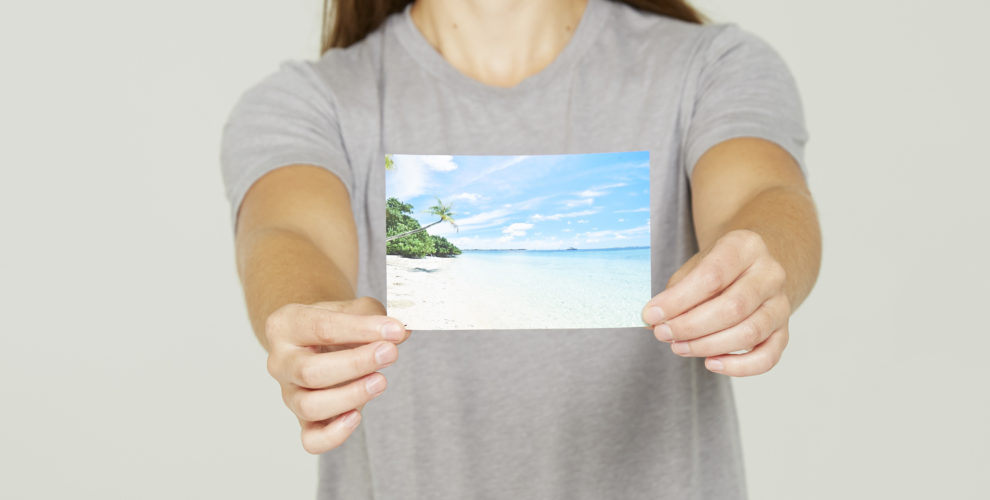If you’re looking to create a photo-realistic print, but only think you can do it via direct-to-garment, think again! Direct-to-garment (AKA DTG) can be great for producing detailed graphics, but there are some major downsides you may be aware of, such as durability of the print, fabric limitations and the time it takes to print. It’s very possible to get a screen print on a blank t-shirt that looks just like a photo using an art technique called simulated process. We teamed up with Eagle in Las Vegas, Nev. to learn about the different steps that go into creating a realistic image.
Simulated Process
The most important step to creating a photo-realistic screen print is the color separation. A real photo will have hundreds of color variants, but as you know, there is a maximum number of screens a machine can handle. Simulated Process is an advanced color separation technique that uses halftones of a few ink colors to represent the colors in the original design. For the particular image we used while at Eagle, it was best to use simulated process to get the most detailed, color-intensive image possible onto the blank t-shirt, blank sweatshirt, or other garments. The first step in that process is to isolate each spectrum and build up each color. Each spectrum is adjusted to find the proper amount of saturation. Once all the colors are where they should be, the art department drops the image into a template format for production and sends it over to their i-Image Computer-to-Screen Imaging System for screen output and the screens are burned.
Photo-Realistic Screen Print
Since the image we used while at Eagle had so many colors, their team used their STRYKER Automatic Screen Printing Press. While that machine is an 18-color, 22-station press, the print we used only needed 11 screens. The Eagle team uses an automatic dispensing system, called a DM4, to mix the correct PMS colors. This machine allows for all the colors to stay consistent. Once the screens are burned, they are placed on the machine in a particular sequence, which helps create all the details in the print. The tees are loaded onto the machine, and the automated process begins creating a photo-real image. First, the white base is laid down, then the primary colors, and lastly, the various shades that make up the highs and lows of the image — adding that extra detail.
Check out the video above to see simulated process in action!




1 Comments